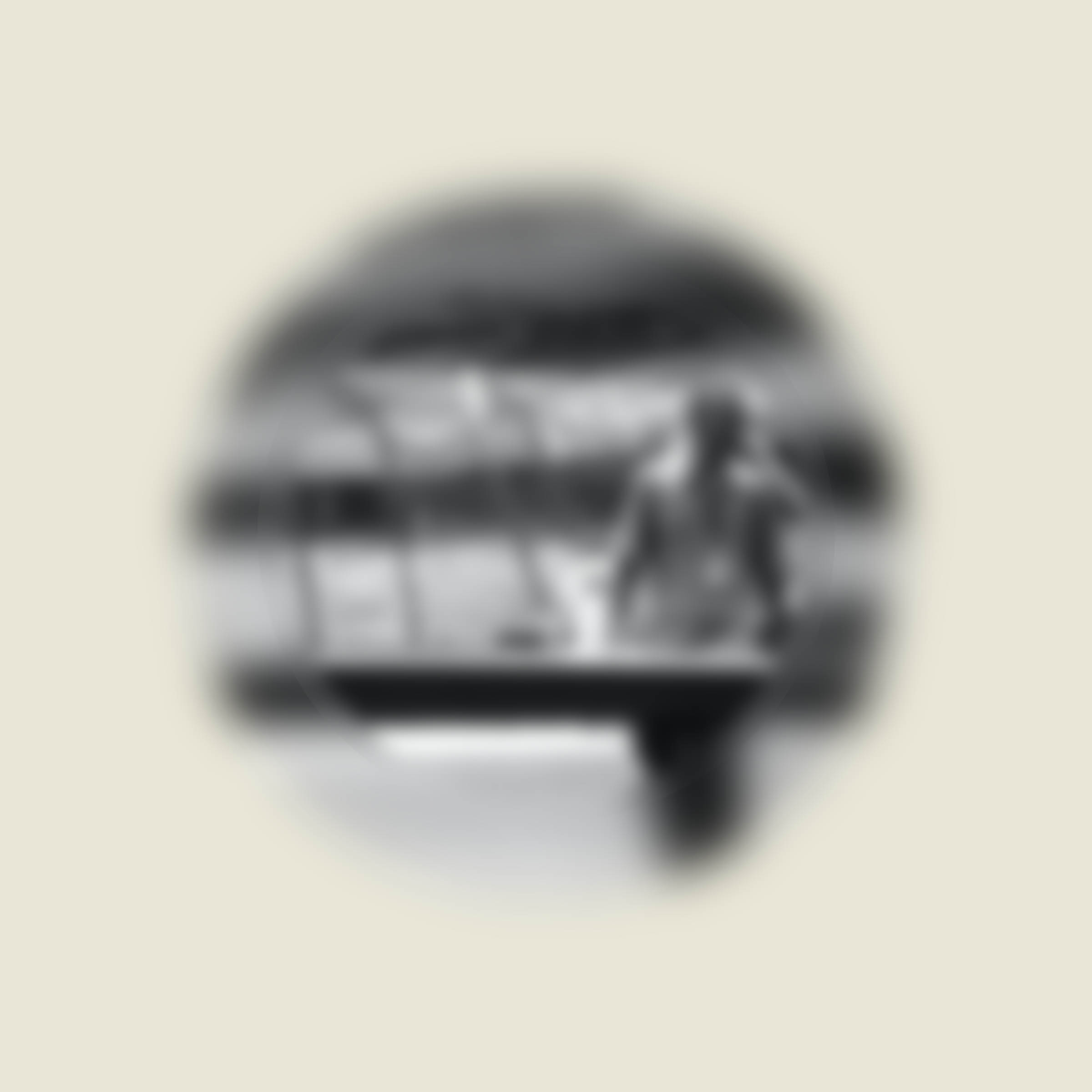My man Max passed along this cool Jazz Profiles interview with Milt Gabler:
Q: Let’s start with the shop. It was your father’s shop, but it wasn’t a record store until you got involved in it, right?
MG: … My father’s store was on Third Avenue between 41st and 42nd streets at that time. He had a radio and electrical store, a supply shop. Originally he was a hardware man, and when electrical stuff came in, he took that in. Then at the end of World War I, my Uncle Sid, my mother’s younger brother, talked him into putting in radio parts and stuff like that, and they opened their radio department.
Later, a store became available between Lex and Third Avenue on the downtown side of the street, at 144 East 42nd Street, a little nine-foot store. Sid talked my dad into opening a radio shop exclusively on 42nd Street, to be nearer to Grand Central and get the flow of traffic when people walked to the Third and Second Avenue El. They had elevated trains in those years, although the Lexington Avenue was below ground.
Radio was coming in by ’26 and ’27, especially ham radios. Everybody built their own sets in those years. You bought kits, or you bought parts. You got these radio magazines and learned how to put together a crystal set or a one-tube set. And we sold batteries and aerial wire and all that kind of stuff.
I, of course, went with Sid to the 42nd Street store, and would wait on customers. Acetone speakers came out . . . Cone speakers were invented in those years, where you would get, like a wooden frame and you would stretch airplane cloth that they used on the wings of the airplanes in 1918, like the Wright Brothers and all. You stretched it over this square frame. They had magnetic coil and stuff with a stylus coming out of it, and a gimmick for putting the hole in the cloth, and then tightening on with a thumb screw, and pulling it back. Then you bought this stuff that kids used to sniff later, the glue, and you poured it on the cloth and it would shrink and become taut, and you would have a cone. Now they’re made out of paper, but then you did it with this airplane cloth. And we sold all those kits and everything. It had a better sound the little magnetic thing, like a more sensitive earphone in your telephone. Those were the first loudspeakers with a cone on them, a cone diaphragm.



